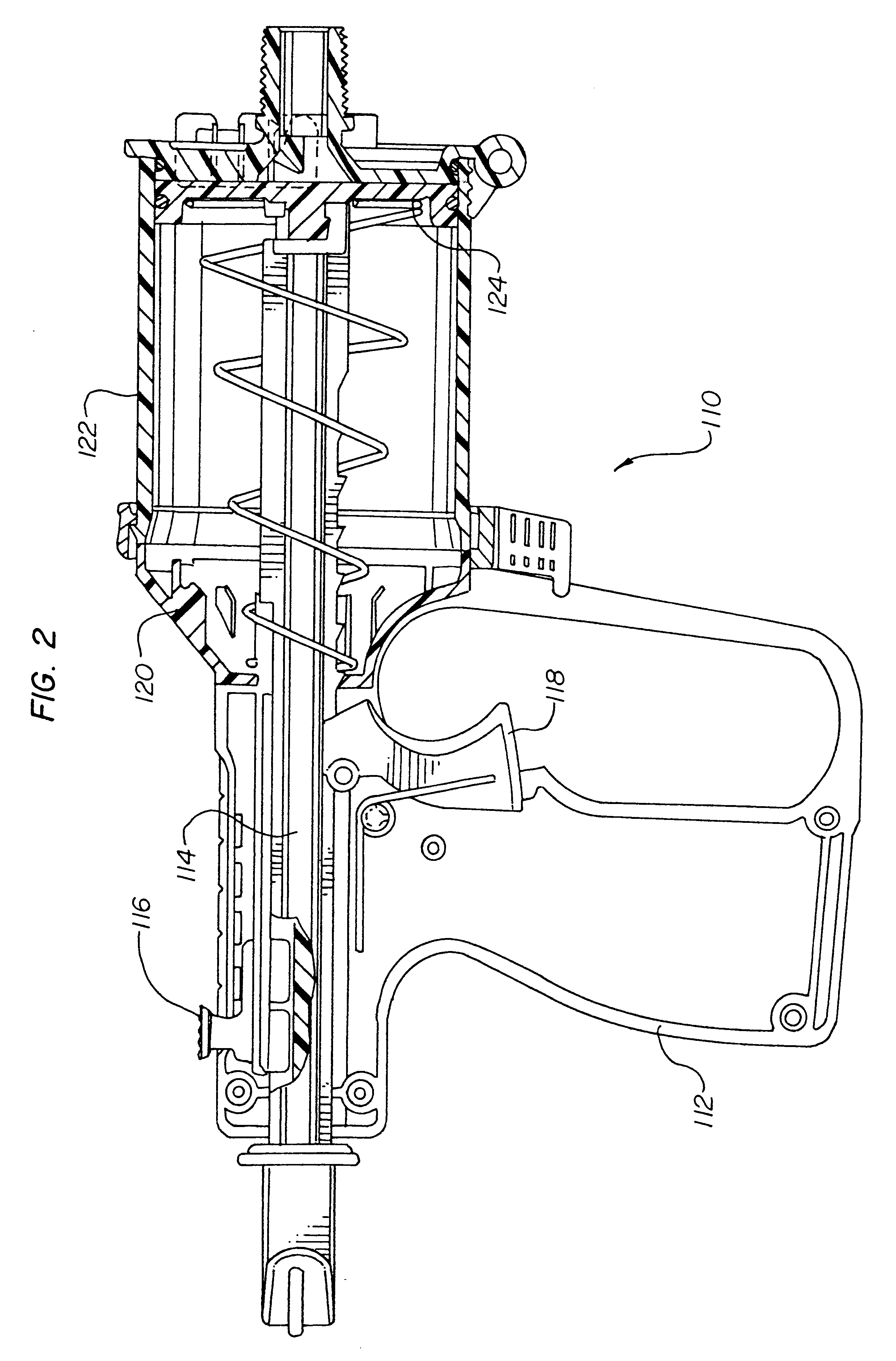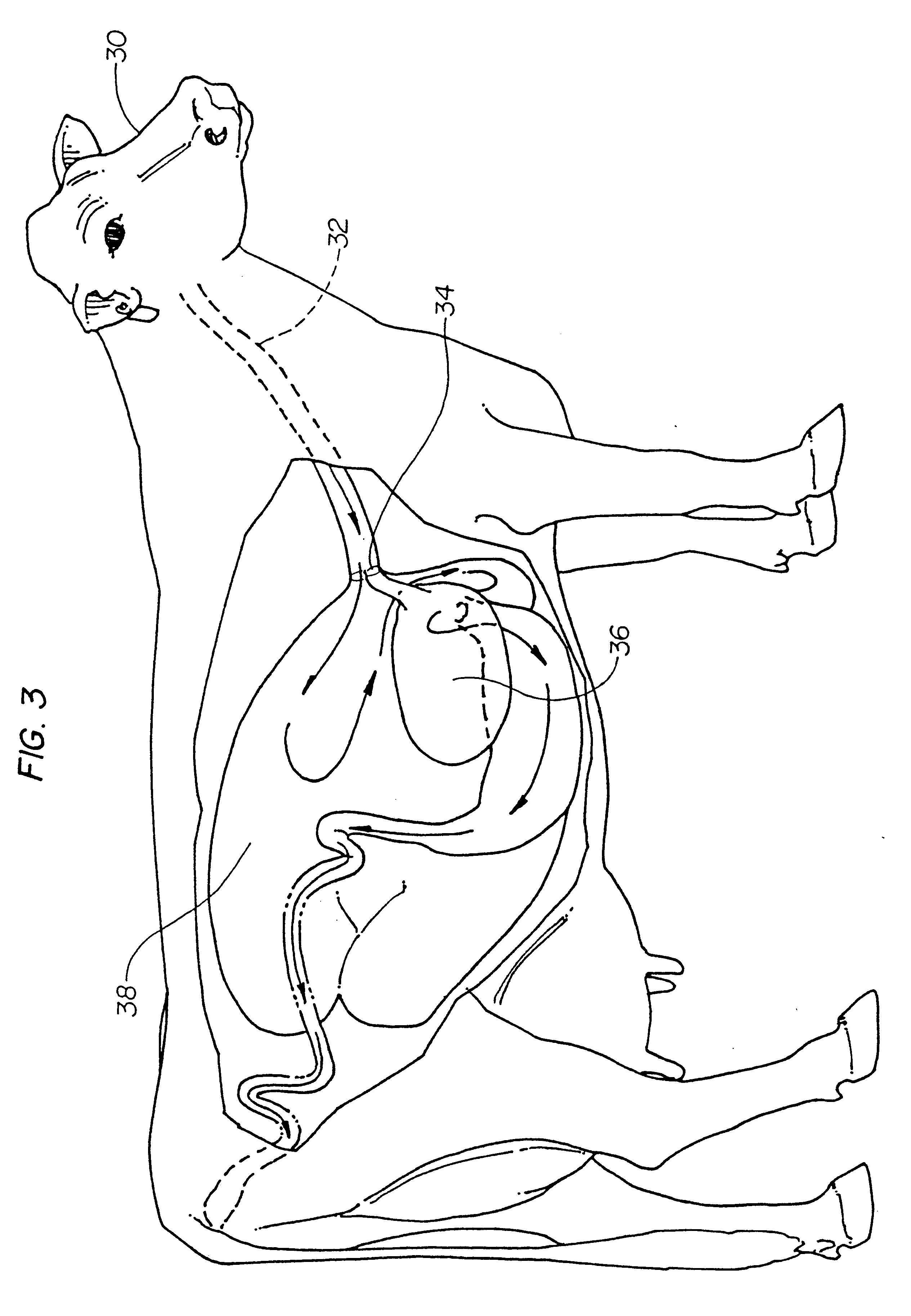Veterinary pharmaceutical composition
a technology of veterinary pharmaceuticals and compositions, applied in the field of veterinary pharmaceutical and feed supplement compositions, can solve the problems of asymptomatic subclinical milk fever, device and method limitations, and significant shortcomings
- Summary
- Abstract
- Description
- Claims
- Application Information
AI Technical Summary
Benefits of technology
Problems solved by technology
Method used
Image
Examples
first alternate embodiment
2.
Table 4 displays the ingredients of a first alternate embodiment that may be added to the preferred embodiment to provide additional benefits to the freshening cow.
second alternate embodiment
3.
Table 5 displays the ingredients and quantities of another composition that can be added to the composition of the preferred or the first alternate embodiments to prevent and treat Ketosis. That composition is preferably prepared and mixed in equal amounts with a composition of the preferred embodiment or a composition of the first alternate embodiment. Maximum, minimum and preferred quantities listed are for a 200 cc volume.
PUM
| Property | Measurement | Unit |
|---|---|---|
| viscosity | aaaaa | aaaaa |
| volume | aaaaa | aaaaa |
| length | aaaaa | aaaaa |
Abstract
Description
Claims
Application Information
 Login to View More
Login to View More - R&D
- Intellectual Property
- Life Sciences
- Materials
- Tech Scout
- Unparalleled Data Quality
- Higher Quality Content
- 60% Fewer Hallucinations
Browse by: Latest US Patents, China's latest patents, Technical Efficacy Thesaurus, Application Domain, Technology Topic, Popular Technical Reports.
© 2025 PatSnap. All rights reserved.Legal|Privacy policy|Modern Slavery Act Transparency Statement|Sitemap|About US| Contact US: help@patsnap.com



